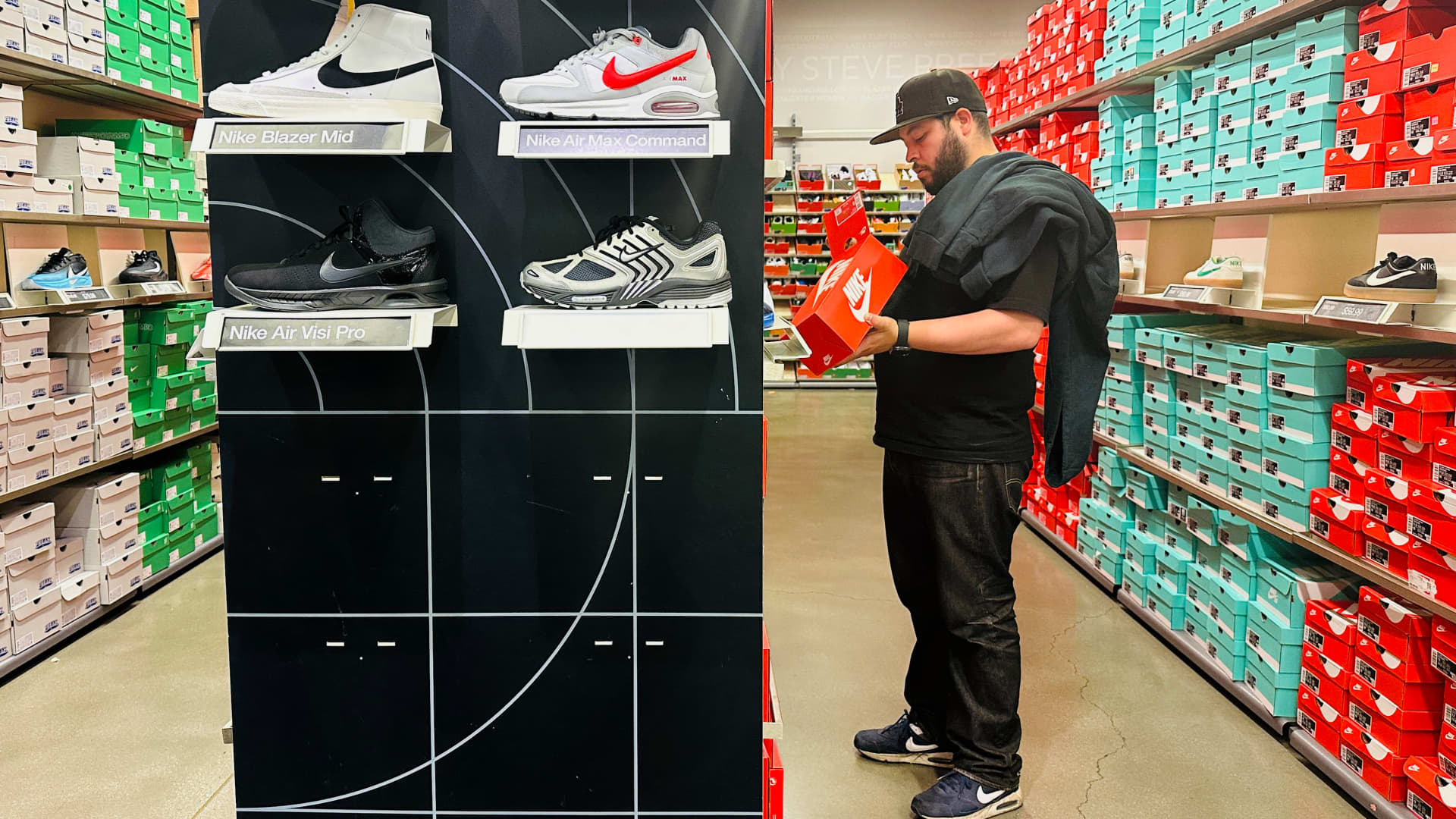The Impact of U.S. Tariffs on Major Footwear Brands
The U.S. trade tensions with China and Vietnam have created a complex web of challenges for major footwear brands. Companies like Nike, Adidas, and Skechers, which have deeply integrated supply chains in Asia, are now grappling with the repercussions of imposed tariffs. This analysis explores the nuances of these tariffs, their potential impacts on the footwear industry, and the strategic maneuvers of affected companies.
The Tariff Landscape
The Trump administration’s tariffs, aimed at reducing the trade deficit with China and other countries, have swept across various sectors, including footwear. The latest developments include a 46% tariff on goods imported from Vietnam, a critical production hub for Nike and Adidas. Additionally, the closure of the de minimis loophole for Chinese imports has further disrupted supply chain dynamics. This loophole allowed retailers to send goods directly to consumers without paying tariffs if the shipment value was below a certain threshold, benefiting e-commerce companies by avoiding tariffs on small shipments. With this loophole closed, all imports from China are now subject to tariffs, regardless of value.
Impact on Supply Chains
The tariffs on footwear imports from Vietnam and China pose a substantial threat to the supply chains of major footwear brands. These countries have been pivotal due to their cost-effective labor and efficient manufacturing capabilities. The 46% tariff on Vietnam, in particular, represents a significant increase that will inevitably lead to higher production costs.
Nike, with numerous manufacturing facilities in Vietnam, will face increased costs that could either be absorbed or passed on to consumers. Adidas, with a substantial production base in both Vietnam and China, is equally vulnerable. Skechers, another major player, will also feel the financial strain. These brands may need to reconsider their supply chain strategies, potentially diversifying their production bases to mitigate the impact.
Consumer Impact
Consumers will bear the brunt of these tariffs through increased prices. Footwear brands, faced with higher production costs, will likely raise prices to maintain profitability. Adidas has already indicated that import taxes will lead to higher prices for popular trainers in the U.S. This price hike will affect consumers across all income levels, with those relying on affordable footwear feeling the pinch the most.
The fashion industry, including brands like Lululemon, Nike, Adidas, and Puma, has already seen a tumble in shares due to the uncertainty and potential financial strain caused by these tariffs. Consumers may also experience shifts in product availability as brands diversify their supply chains to reduce reliance on affected countries.
Strategic Responses
In response to the tariff threats, Nike, Adidas, and Skechers co-signed a letter to President Donald Trump, seeking exemptions from the broad tariffs. This proactive approach highlights their awareness of potential risks and efforts to mitigate them. By seeking exemptions, these brands aim to maintain their current supply chain structures and avoid the financial burden of increased tariffs.
However, the closure of the de minimis loophole for Chinese imports suggests that the administration is unlikely to grant exemptions easily. This development indicates that companies may need to explore alternative strategies, such as shifting production to other countries or investing in domestic manufacturing.
Diversification and Innovation
Diversifying supply chains and investing in domestic production are crucial strategies for mitigating the impact of tariffs. Companies may explore production in countries with lower tariffs or invest in U.S.-based manufacturing to reduce dependency on affected regions. This shift could lead to innovation in production methods and supply chain management, potentially benefiting the industry in the long run.
Additionally, companies may need to focus on operational efficiency and cost management to absorb some of the increased costs without passing them entirely to consumers. This could involve streamlining production processes, negotiating better terms with suppliers, or investing in technology to enhance productivity.
The Future of Footwear Prices
The future of footwear prices in the U.S. remains uncertain. While immediate impacts include higher prices due to increased tariffs, long-term effects will depend on how companies adapt. If brands successfully diversify their supply chains or invest in domestic production, they may mitigate price increases. However, if tariffs remain in place, consumers can expect sustained higher prices for their favorite footwear brands.
Adapt and Overcome
The imposition of tariffs on footwear imports from Vietnam and China presents a significant challenge for major footwear brands. These companies, with extensive supply chains in Asia, must adapt quickly to the changing trade landscape. By seeking exemptions, diversifying supply chains, and potentially investing in domestic production, these brands can mitigate the impact of tariffs and continue to serve their customers.
The closure of the de minimis loophole for Chinese imports adds complexity but also presents an opportunity for innovation. Ultimately, the resilience and adaptability of these footwear giants will determine their success in navigating the challenges posed by the new tariff environment. Consumers, too, will need to adapt to potential price increases and changes in product availability, but the industry’s response will play a crucial role in shaping the future of footwear in the U.S.

